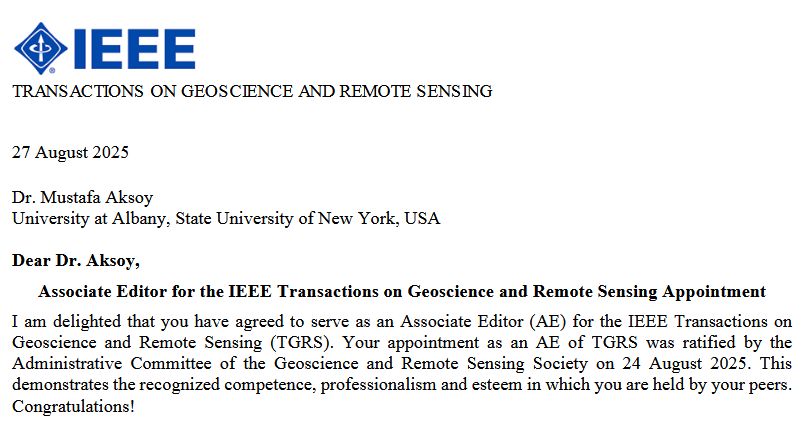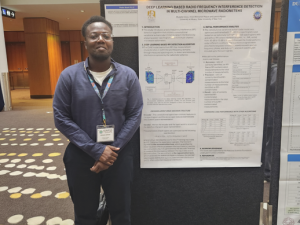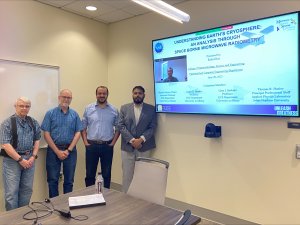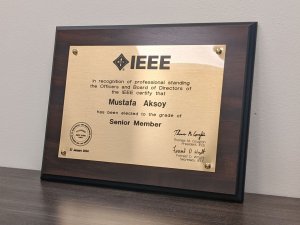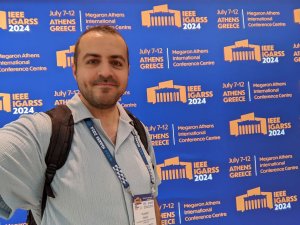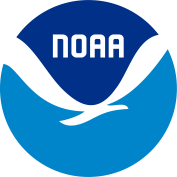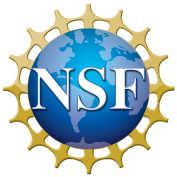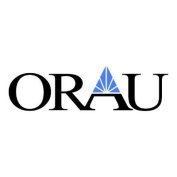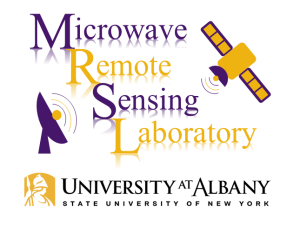
The Microwave Remote Sensing Laboratory (MRSL), directed by Prof. Mustafa Aksoy, in the Department of Electrical and Computer Engineering at the University at Albany, develops theories and technologies for Earth and Planetary Remote Sensing applications at microwave frequencies.
Most Recent News
(November 2025) Our hashtagresearch on tackling radio frequency interference (RFI) that's threatening the reliability of U.S. weather satellites was featured on hashtagUAlbany News and hashtagEurekAlert!
(October 2025) Dr. Rahul Kar, an alumnus of UAlbany MRSL, started a new position as a Postdoctoral Researcher in the Department of Earth and Environmental Sciences in the College of Arts and Sciences at Syracuse University!
(August 2025) Prof. Aksoy has been appointed as an Associate Editor for IEEE Transactions on Geoscience and Remote Sensing (TGRS), the flagship IEEE journal in the field of remote sensing!
(August 2025) PhD students John Bradburn and Lennox Apudo from UAlbany Microwave Remote Sensing Laboratory presented our research at the 2025 International Geoscience and Remote Sensing Symposium (IGARSS2025) in Brisbane, Australia. The four papers they presented will be available on IEEE Xplore this fall.
(June 2025) Rahul Kar successfully defended his dissertation! His research has demonstrated that wideband microwave radiometry holds great potential for observing and understanding Earth's Cryosphere. Congrats, Dr. Kar!
(June 2025) We, in collaboration with NASA Jet Propulsion Laboratory, NASA Goddard Space Flight Center, The Ohio State University, and Noctua Technologies, have secured a ~$1.1 million grant from NOAA to develop interference detection and management strategies for the next-generation NOAA radiometers! The MRSL team will lead the development of machine-learning based interference detection algorithms.
(May 2025) Multiple graduate student and post-doctoral researcher positions are available at the Microwave Remote Sensing Laboratory. Please check the "Openings!" tab for more details and application instructions.
(May 2025) Prof. Aksoy received his IEEE Senior Member plaque! Being recognized as a Senior Member is an honor, and he is grateful for the support of his mentors, colleagues, students, and the IEEE community!
(March 2025) Four papers from our lab have been accepted for presentation at the 2025 International Geoscience and Remote Sensing Symposium (IGARSS2025)! In Brisbane, Australia this summer, we will present our work on polar remote sensing and novel calibration and interference detection algorithms for microwave radiometers.
(February 2025) Please see our new open access paper, published in MDPI Remote Sensing, introducing a framework to calibrate constellations of CubeSat radiometers as single systems.
For more news and details about our lab members, research projects, publications, etc., explore the tabs at the top of our webpage.
Microwave Remote Sensing Laboratory
CNSE Downtown, B001, University at Albany, 1400 Washington Avenue, Albany, NY, 12222



